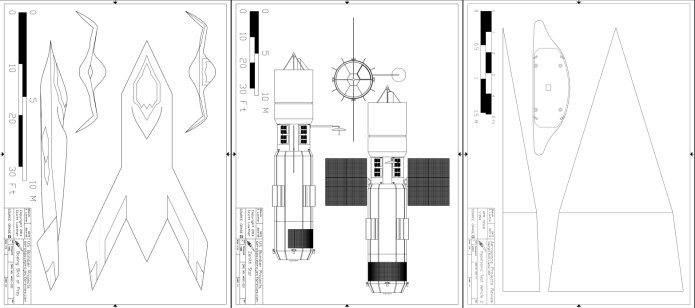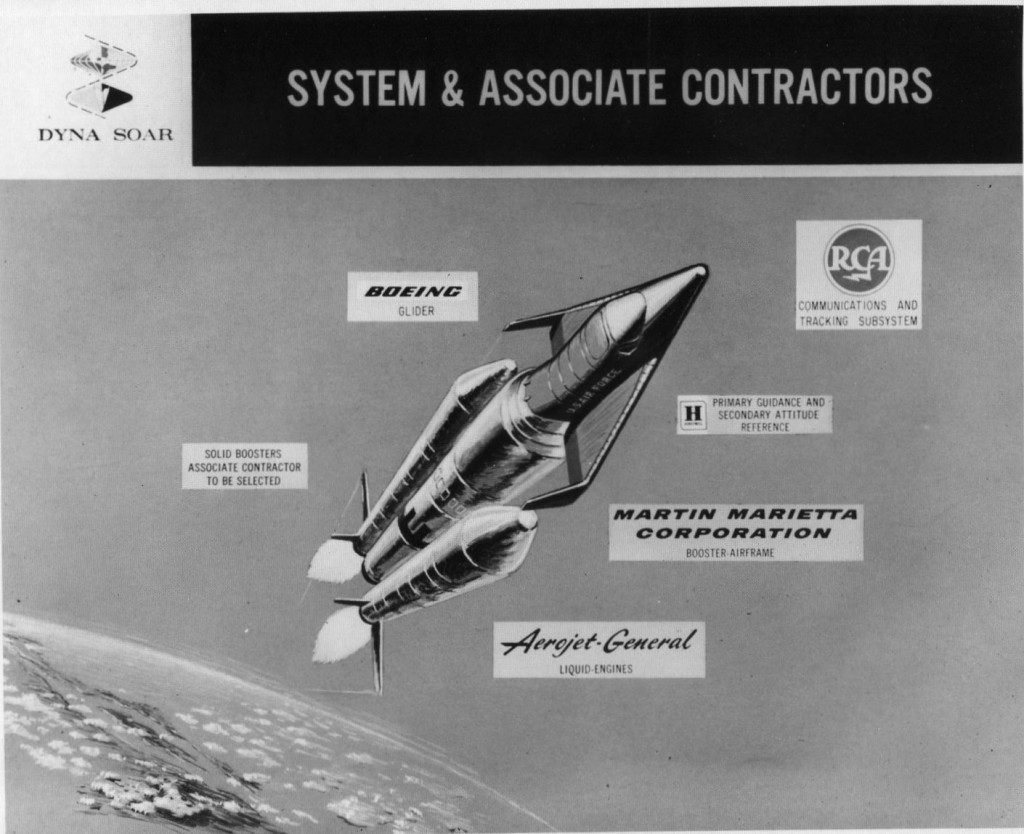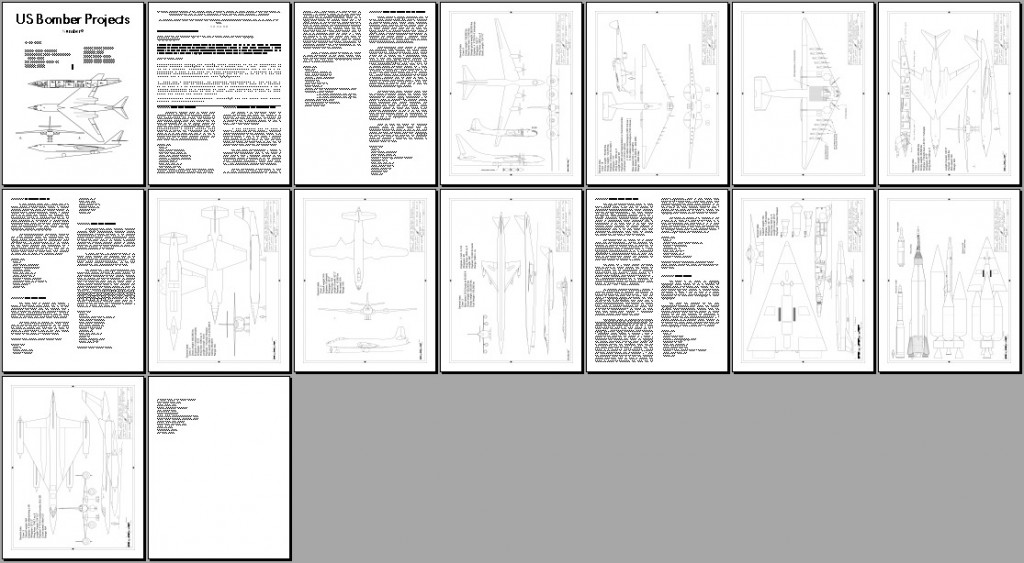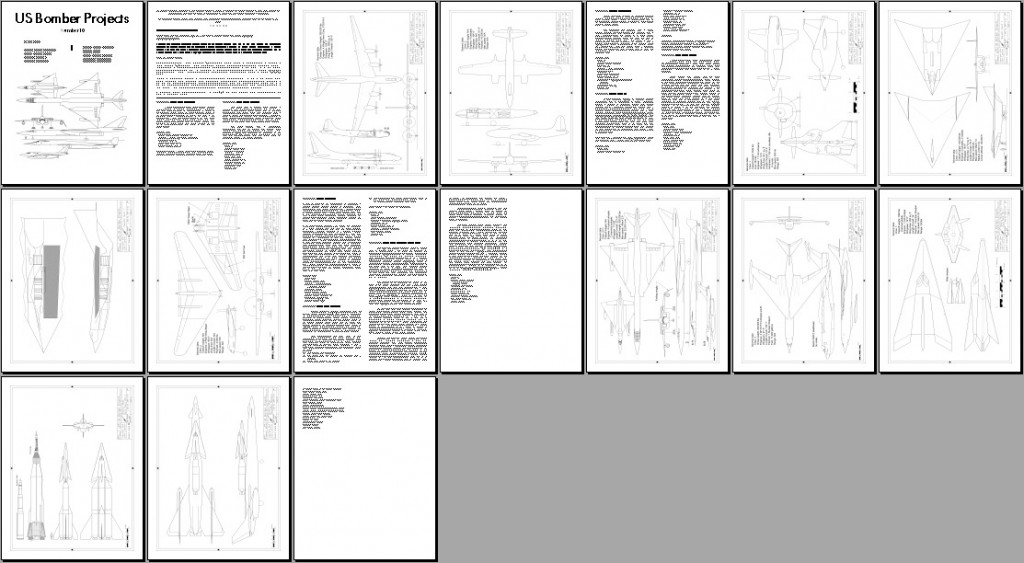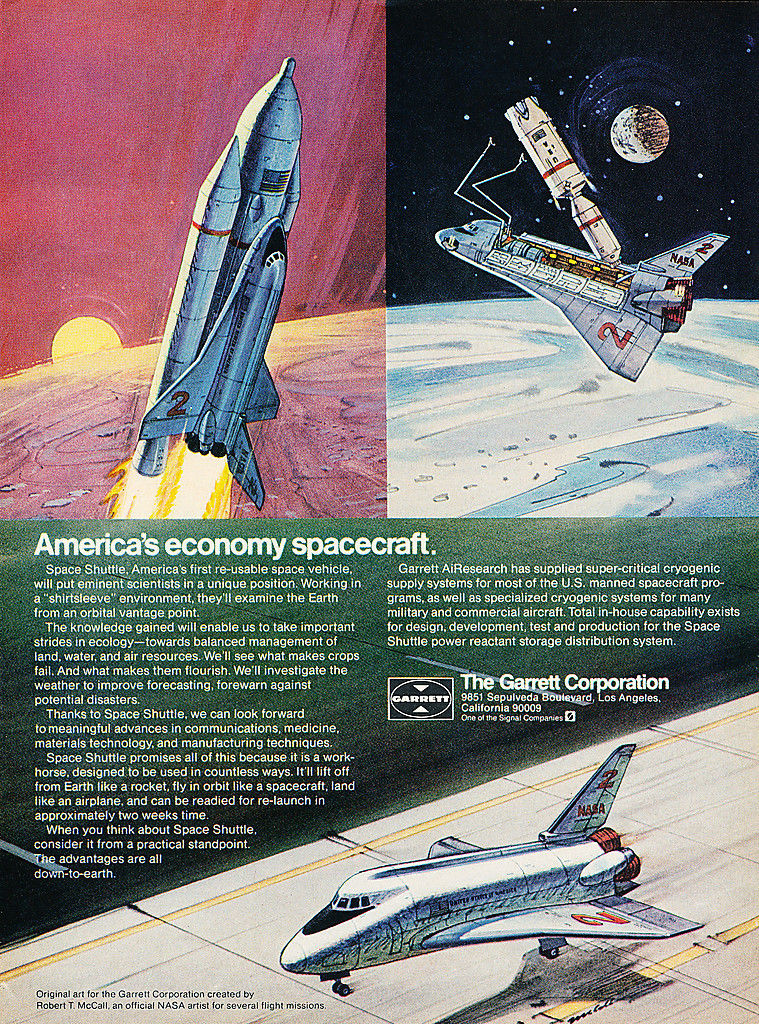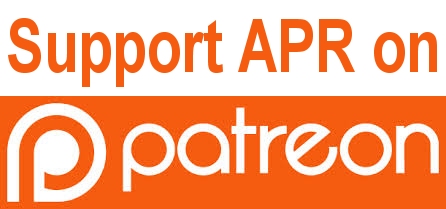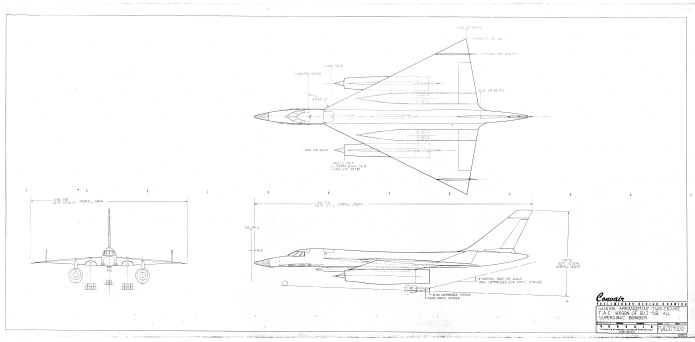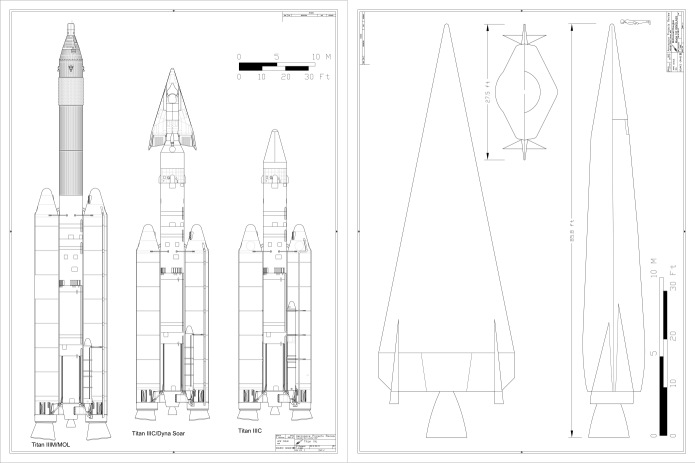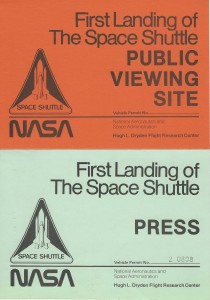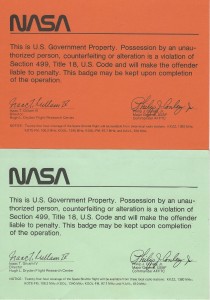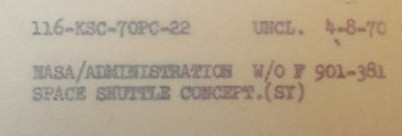While the going seems to be slow, it’s nice to see actual physical progress on a new spacecraft (suborbital, sure, but still…). Over HERE XCOR has released a few high-rez photos of their Lynx spaceplane being assembled. The cockpit is now attached to the fuselage. The aft of the pressurized cockpit is an odd looking structure, a very complex carbon fiber single-piece bulkhead. Usually such things are simple metal pressure vessels made from cylinders and spheroids, but this one features a more-or-less flat aft bulkhead (presumably for space-saving purposes) with a whole lot of ribs for strength. Must’ve been fun to mold…
I keep hearing ominous things about the hybrid rocket propulsion system on the Virgin Galactic SpaceShip Two. It’s getting to where I won’t be surprised if Lynx beats ’em into space with a paying customer. And if that does happen, I wonder at the possibility of VG switching out the hybrid for an XCOR liquid system…


